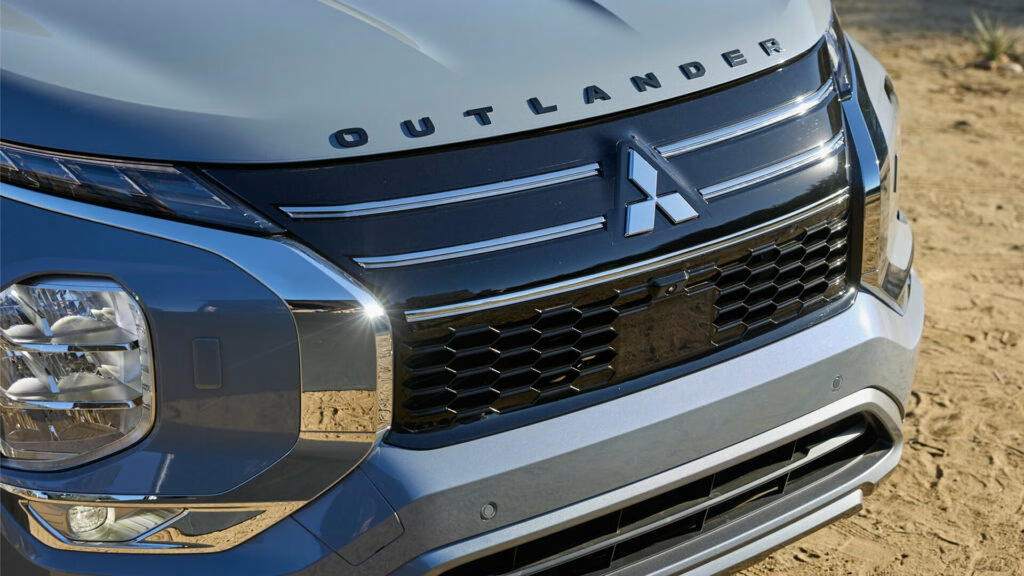Mitsubishi is making headlines with its latest announcement: an average price increase of 2.1% on new vehicles starting soon. If you’re in the market for a new ride, this news might have you wondering how it affects your wallet and what your options are. Let’s break it down.
What Does the Price Increase Mean for Buyers?
Starting Wednesday, customers can expect to pay a bit more for Mitsubishi models. While the exact impact varies by model, it’s likely to add several hundred dollars to the price tag. For instance, the popular Outlander, which currently starts at $29,645, will see its price rise to approximately $30,268—an increase of about $623. Similarly, the Eclipse Cross will jump from $26,545 to around $27,102, adding roughly $557 to its cost.
But here’s the silver lining: this price hike only applies to new shipments. If you buy a vehicle that’s already on the lot, you could avoid the increase altogether. So, if you’ve had your eye on a Mitsubishi, it might be worth checking dealer inventories sooner rather than later.
Why Is Mitsubishi Raising Prices Now?
The automaker cites an ongoing review of pricing to align with market expectations as the reason for this increase. This is not an isolated incident; it reflects a broader trend in the automotive industry, where manufacturers are adjusting prices in response to various economic pressures, including tariffs on automotive imports.
Mitsubishi isn’t alone in this; other brands like Ford and Subaru have also raised prices recently, with increases ranging from $750 to $2,000 on various models. It seems that the ripple effects of tariffs are being felt across the board, and manufacturers are passing some of those costs onto consumers.
What’s the Bigger Picture?
The automotive landscape is shifting, and these price hikes are becoming more common. Mitsubishi, for example, had to suspend deliveries to dealers due to the impact of a 25% tariff on automotive imports, a move that highlights the uncertainty in the market. Although deliveries resumed recently, it suggests that the company is adapting to a new normal where pricing strategies are under constant review.
This situation raises important questions for consumers: Should you wait for potential future price drops, or is now the right time to buy? The answer depends on your specific needs and financial situation. If you find a model you love, it might be wise to act quickly to avoid the upcoming price increase.
Navigating the New Car Market
If you’re considering a Mitsubishi or any new vehicle, here are a few tips to help you navigate the changing landscape:
1. **Do Your Research**: Know the current prices and features of the models you’re interested in. Websites and automotive forums can provide valuable insights.
2. **Visit Local Dealers**: Check what’s available on the lot. You might find a great deal on a vehicle that hasn’t yet been affected by the price increase.
3. **Negotiate**: Don’t hesitate to negotiate with dealers. They may be willing to work with you, especially if they want to move inventory.
4. **Consider Financing Options**: Look into financing deals that might offset the price increase. Sometimes, manufacturers offer incentives that can make a purchase more affordable.
5. **Stay Informed**: Keep an eye on industry news. Understanding broader trends can help you make informed decisions about when to buy.
The big takeaway? Price increases in the automotive industry are becoming a norm, but that doesn’t mean you’re out of options. By staying informed and acting strategically, you can navigate these changes effectively. Whether you decide to buy now or wait, being proactive will help you get the best deal possible.

